[section label=Introduction]
Simulated vs Pure
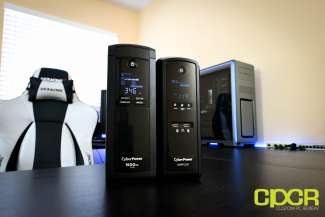 If you own a PC and you’d be quite bummed if it died because your utility company sucks, a UPS (Uninterruptible Power Supply) is practically a must. This is especially important if you’ve spent thousands of dollars for the best system possible since at the end of the day, it really only takes a single surge, brown out, or power outage from the utility company to wreak havoc on your precious semiconductors.
If you own a PC and you’d be quite bummed if it died because your utility company sucks, a UPS (Uninterruptible Power Supply) is practically a must. This is especially important if you’ve spent thousands of dollars for the best system possible since at the end of the day, it really only takes a single surge, brown out, or power outage from the utility company to wreak havoc on your precious semiconductors.
Today we’ll be reviewing two UPSes from CyberPower, the CyberPower CP1500 AVR LCD and the CyberPower CP1500 PFC LCD, both of which are designed to protect PCs and other sensitive electronic equipment from common issues in the power grid.
| Model | CyberPower AVR LCD | CyberPower PFC LCD | ||||||
|---|---|---|---|---|---|---|---|---|
| Topology | Line-Interactive | |||||||
| Wave Form | Simulated Sine Wave | Sine Wave | ||||||
| Transfer Time | 4 ms | |||||||
| Wattage | 510 W | 600 W | 815 W | 900 W | 510 W | 600 W | 810 W | 900 W |
| VA Rating | 850 VA | 1000 VA | 1350 VA | 1500 VA | 850 VA | 1000 VA | 1350 VA | 1500 VA |
| UPS Outlets | Five | Six | Five | |||||
| Surge Only | Four | Five | Six | Five | ||||
| Battery Type | Maintenance Free Sealed Lead Acid | |||||||
| Surge Energy Rating | 1080 Joules | 1500 Joules | 1030 Joules | |||||
| Interface | USB and Serial | |||||||
| Dimensions | 3.9″ x 9.0″ x 10.2″ | 3.9″ x 9.8″ x 13.7″ | 3.9″ x 11″ x 14″ | 3.9″ x 9.1″ x 10.4″ | 3.9″ x 10.4″ x 14.2″ | |||
| Weight | 15 lbs | 22.4 lbs | 25 lbs | 14.9 lbs | 15.9 lbs | 20.3 lbs | 24.7 lbs | |
Looking at the specifications, both the CyberPower CP1500 AVR LCD and CP1500 PFC LCD feature a line-interactive topology and both are rated at 1500VA, which is the highest capacity in their respective lineups.
The main difference between the CyberPower CP1500 AVR LCD and the CP1500 PFC LCD is in their electrical output wave form. While the CP1500 AVR LCD features the ability to output a simulated sine wave, the CP1500 PFC LCD features the ability to output a true sine wave, which is necessary for more sensitive electronic equipment as well as systems with special active PFC power supplies. We’ll be sure to take a closer look at that later in the review.
Let’s take a closer look.
[section label=”A Closer Look”]
A Closer Look at the CyberPower CP1500 AVR LCD
Here’s a look at the packaging for the CyberPower CP1500 AVR LCD.
Included in the packaging is documentation, a USB Type-A to Type-B cable, and the CP1500 AVR LCD.
The CyberPower CP1500 AVR LCD is the largest in the CyberPower Intelligent LCD UPS lineup featuring a maximum load capacity of up to 1500va. The unit is quite big, measuring in at 3.9″ x 11″ x 14″ and weighing 25 lbs.
At the front of the unit is three buttons: power, display and mute. At the rear there are two phone/ethernet ports, two coax ports, a USB Type-B port, a serial port, and 12 standard power ports, six of which are surge only and the other six also include battery backup.
The CyberPower CP1500 AVR LCD includes a LCD display which shows various statistics about the device, including how much power is being drawn, what the voltage is coming in, what the voltage going out, the power line frequency, etc. It’s a nice touch for quickly determining information such as how much power is being used by connected devices.
Included in the CyberPower CP1500 AVR LCD is two user replaceable Leoch DJW12-9.0 (12V, 9.0AH) maintenance-free sealed lead-acid batteries.
Interestingly enough, according to CyberPower’s website, the replacement battery for the CyberPower CP1500 AVR LCD is the CyberPower RB1280X2A, which is a 12V, 8AH replacement battery kit. Switching to the lower rated replacement battery will unfortunately significantly reduce battery runtime.
A Closer Look at the CyberPower CP1500 PFC LCD
Here’s a look at the packaging for the CyberPower CP1500 PFC LCD.
Included in the packaging is some documentation, a USB Type-A to Type-B cable, a coax cable, a RJ-11 phone cable, and the CyberPower CP1500 PFC LCD.
The CyberPower CP1500 PFC LCD is the largest in its lineup measuring in at 3.9″ x 10.4″ x 14.2″ and weighing 24.7 lbs. Interestingly enough, it’s actually smaller than the CyberPower CP1500 AVR LCD.
At the front of the unit is four buttons: power, display, silence alarms, and control. At the front is also two 1A USB power connectors which can be used to charge low power USB devices. At the rear there are two phone/ethernet ports, two coax ports, a USB Type-B port, a serial port, and 10 standard power ports, five of which are surge only and the other five also include battery backup.
Batteries included in the CyberPower CP1500 PFC LCD are two user replaceable Leoch DJW12-9.0 (12V, 9.0AH) maintenance-free sealed lead-acid batteries.
Replacement batteries for the CyberPower CP1500 PFC LCD is the same lower rated 12V, 8AH CyberPower RB1280X2A as the CP1500 AVR LCD. This means runtime will likely be negatively affected as well.
Similar to the CyberPower CP1500 AVR LCD, the CyberPower CP1500 PFC LCD also features a LCD display which displays various statistics such as power output, power input, frequency, etc.
[section label=”PowerPanel Personal Edition”]
PowerPanel Personal Edition
Most of CyberPower’s consumer grade UPSes interface with their PowerPanel Personal Edition software which allows a quick and easy way to monitor and configure the UPS.
Once the PowerPanel Personal Edition software is launched, the software quickly shows some statistics about the system including how much electricity is supplied, what the load is how much battery runtime is available, and more.
On the summary screen, PowerPanel logs how many power events occurred which include power outages, under voltage issues, over voltage issues, and voltage boost.
Under the configuration section, a number of configuration and testing options are available. This includes schedules, the configuration of notifications/alarms, how the UPS should react in the event of a power outage, at what voltages does the UPS intervene, self testing, and the sensitivity to input voltage.
[section label=Performance]
CyberPower CP1500 AVR LCD, CP1500 PFC LCD UPS Performance
Runtime
In order to test the runtime of the UPS, we devised a test using a series of 50w fluorescent lightbulbs. By chaining the bulbs together, we could load the UPS to a fairly precise amount of power draw. After charging up the UPS to maximum capacity, we plugged in the measured load until the power ran out, then recorded the time it took for power to run out.
Performance Analysis
Runtime on both the CyberPower CP1500 AVR and PFC units were quite a bit better than expected, especially when compared to the APC Back-UPS Pro 1500 reviewed previously. For a typical system load of 200W, the CP1500 AVR was able to achieve 25 minutes of runtime while the CP1500 PFC was able to achieve 24 minutes of runtime which should be more than enough to save your work and shut off the system.
Waveform
Since batteries in a UPS are DC and computer power supplies are designed to use AC power, UPSes require onboard inverters to convert DC to AC power.
Like all products, there are different levels of quality between power inverters. Cheaper power inverters take the easy way out and simply swing between extremes of voltages while more expensive inverters are able to fully emulate a true sine wave provided by the electric company.
Here are examples of a few of the different types of waveforms generated by different inverters.
Square Wave
Cheaper UPSes contain square wave inverters which are very cheap, basic inverters that simply swings voltages from one extreme to the other. These tend to cause problems with electronics and may even damage sensitive electronics so you typically won’t see these on newer UPSes.
Stepped Square Wave
Most entry level to mid-range UPSes generate a stepped square wave which looks something like this. Power here goes from one extreme to zero to another extreme back to zero. Some units may produce one more step in the middle, some may not. Stepped sine waves are generally safe for most modern systems with high quality power supplies, but it’s not ideal. Some power supplies such as those with active power factor correction may have issues with the stepped sine wave.
Sine Wave
High end UPSes generally feature true sine wave inverters which generate power either exactly or almost exactly the way you’d get from the electrical grid. These are expensive, but they are almost guaranteed safe for even the most sensitive power supplies.
Testing
In order to test the waveform outputted by the UPS, we connected an oscilloscope to the UPS and took some screenshots of the waveform both with AC power connected simulating normal running conditions and without AC power connected simulating a power outage.
CyberPower CP1500 AVR LCD on AC Power
CyberPower CP1500 AVR LCD on Battery
CyberPower CP1500 PFC LCD on Battery
Performance Analysis
Here we can see the main difference between the CP1500 AVR LCD and the CP1500 PFC LCD. With the PFC series, the battery output is a perfect sine-wave which is identical to power coming from the utility company. With the AVR series, the battery output is a stepped sine-wave. Interestingly enough, the CP1500 PFC’s power is actually cleaner and at a more proper voltage than the power coming out of our utility company which typically hovers around 110v-115v.
While we had no issues with any of our systems using the battery output from the AVR and PFC UPSes, some power supplies that feature active PFC (Power Factor Correction) may require the use of a UPS that is capable of outputting a true sine-wave. Further, more sensitive electronics such as AV equipment may also require a true sine-wave output for proper operation. Be sure to check with the equipment vendor to see if a true sine-wave UPS is required.
Transfer Time
Transfer time refers to how long it takes after AC power is lost for the battery backup to kick in. As such, the lower the transfer time, the better as too much of a delay will result in a system shutting down as soon as the power goes out rendering the UPS useless. Transfer time will greatly depend on the type of UPS and how it’s designed internally.
Types of UPSes
There are three major UPS designs that most consumer UPSes will use.
Standby or Offline
This is the most basic type of UPS generally geared for home users. Computers connected to a standby/offline switch is connected directly to AC power and aside from basic surge protection, there’s no other power filtering done by the UPS. When the power goes out, a standby/offline UPS will trigger a switch in the unit which will switch the power from AC power circuit to the battery power circuit. This switchover unfortunately takes slightly longer than more premium UPSes and the increased transfer time may cause issues with sensitive electronics.
Line-interactive
This is a very common type of UPS for power users and small businesses. Rather than place the battery on a separate circuit like the standby/offline UPS, line-interactive UPSes have their batteries constantly connected to to an inverter which charges the battery when AC power is available and uses the battery when AC power is down. Since there isn’t a full switching action involved, this gives the line-interactive UPS a much faster transfer time than standby/offline units and will transfer fast enough that most electronics won’t be affected.
Line-interactive UPSes also have a multi-tap variable-voltage autotransformer which is designed to help regulate voltage. This allows the UPS to draw more current to compensate for under-voltage scenarios and draw less current for over-voltage scenarios.
On-line
This is generally considered the most advanced type of UPS designed for workstations, servers, and other high availability applications. While there are several different variations of on-line UPSes, the most common for consumer applications is the double-conversion on-line UPS. These UPSes have a rectifier connected to AC power so that energy coming from the wall is converted to DC which then gets reconverted to AC via an inverter before hitting the equipment. As the equipment is already connected to an active inverter, if AC power is lost, the battery simply kicks in with zero transfer time.
Testing
CyberPower CP1500 AVR LCD
CyberPower CP1500 PFC LCD
Performance Analysis
CyberPower rates both the CP1500 AVR LCD and the CP1500 PFC LCD with a transfer time of 4ms. In testing, transfer time for both units were closer to around 8-11ms, which is what you’d typically find in a line-interactive UPS. This shouldn’t be an issue for most quality power supplies in modern PCs, but if you know for a fact that even 1ms of transfer time may be too much, it may be necessary to purchase an on-line UPS.
[section label=Conclusions]
CyberPower CP1500 AVR LCD, CP1500 PFC LCD UPS Conclusions
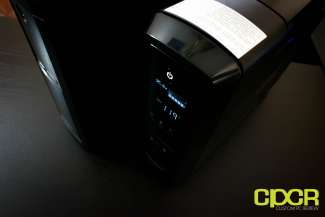 Overall, both the CyberPower CP1500 AVR LCD and the CP1500 PFC LCD are impressive UPSes that not only get the job done, but does it well. In testing, both units had no issues with any electronic equipment that was tested and both units were able to achieve significantly longer runtimes than the APC Back-UPS Pro 1500VA which we reviewed previously. While both are excellent UPSes, those who want a cleaner backup power source or have equipment that requires a clean, true sine wave power source will want to go with the CyberPower CP1500 PFC LCD.
Overall, both the CyberPower CP1500 AVR LCD and the CP1500 PFC LCD are impressive UPSes that not only get the job done, but does it well. In testing, both units had no issues with any electronic equipment that was tested and both units were able to achieve significantly longer runtimes than the APC Back-UPS Pro 1500VA which we reviewed previously. While both are excellent UPSes, those who want a cleaner backup power source or have equipment that requires a clean, true sine wave power source will want to go with the CyberPower CP1500 PFC LCD.
The only additional feature I’d like to see is the ability to power down specified power outlets on the UPS when for example a main power outlet is powered down. This was a feature we saw on APC’s Back-UPS Pro 1500VA which turned out to be a very convenient feature as it would automatically shut off peripheral devices such as monitors, speakers, etc. when the main PC is shut down. This helps significantly reduce power consumption of devices we typically don’t think about turning off on a regular basis.
The CyberPower CP1500 AVR LCD is currently priced at $129.95 and the CyberPower CP1500 PFC LCD is currently priced at $199.86. This is very competitive pricing as similar UPSes both simulated sine wave and pure sine wave from competitors such as APC, Tripplite, and Opti-UPS are quite a bit more expensive. With good performance and a reasonable price, the CyberPower CP 1500 AVR LCD and the CyberPower CP1500 PFC LCD are both recommended!
Sample provided by: CyberPower
Available at: Amazon

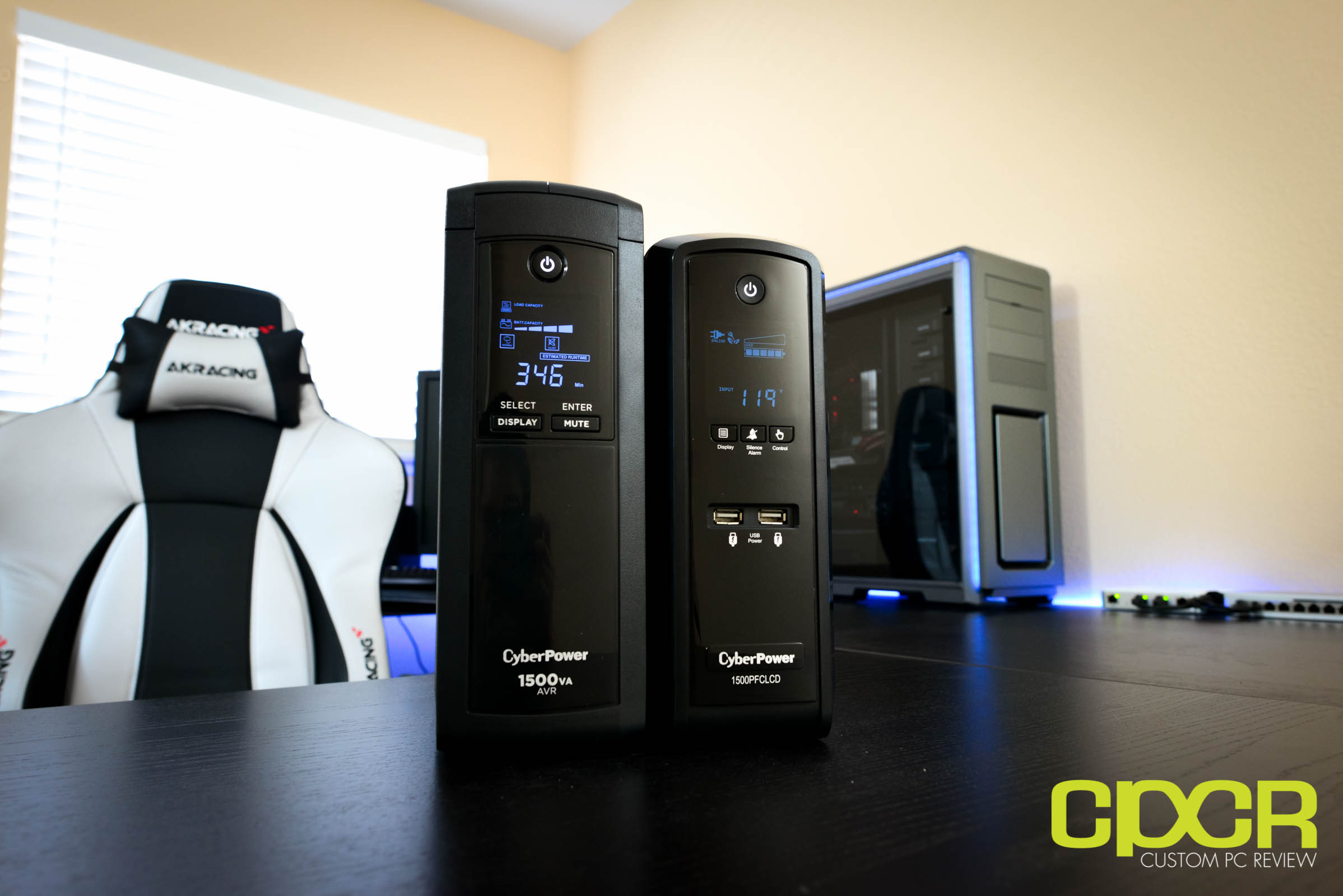
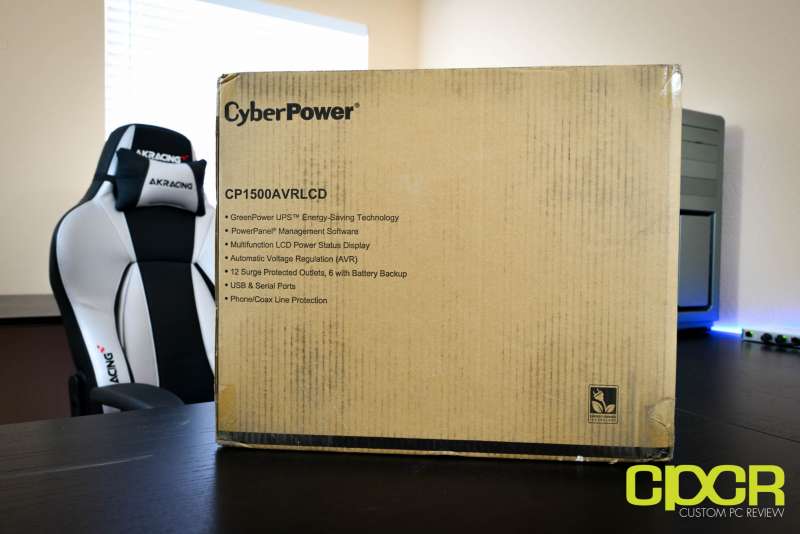
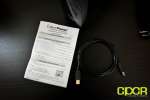
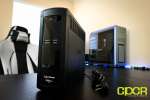
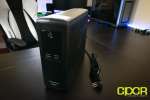

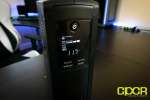
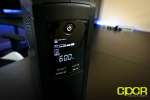
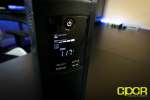
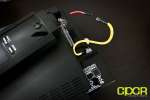
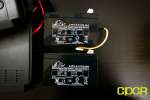
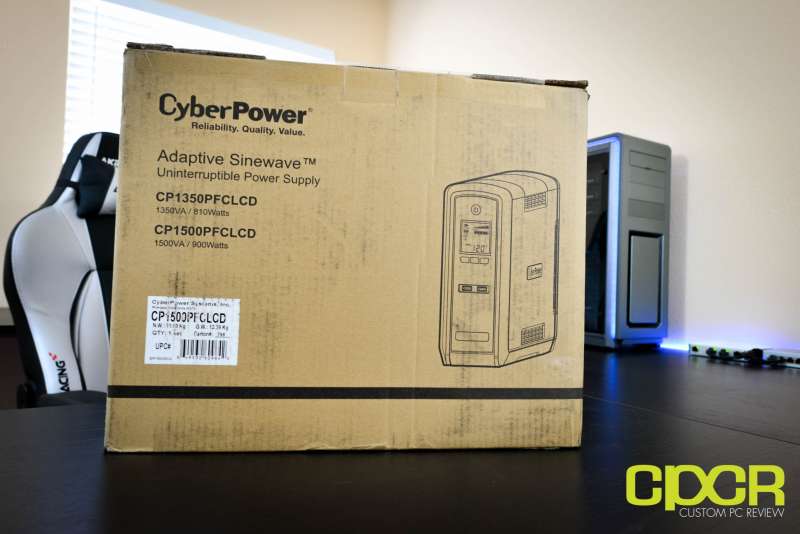
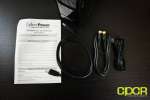
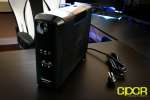
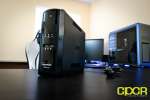
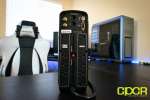
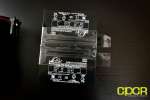
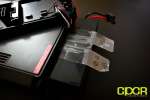
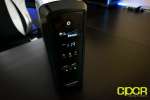
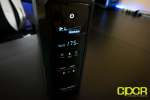
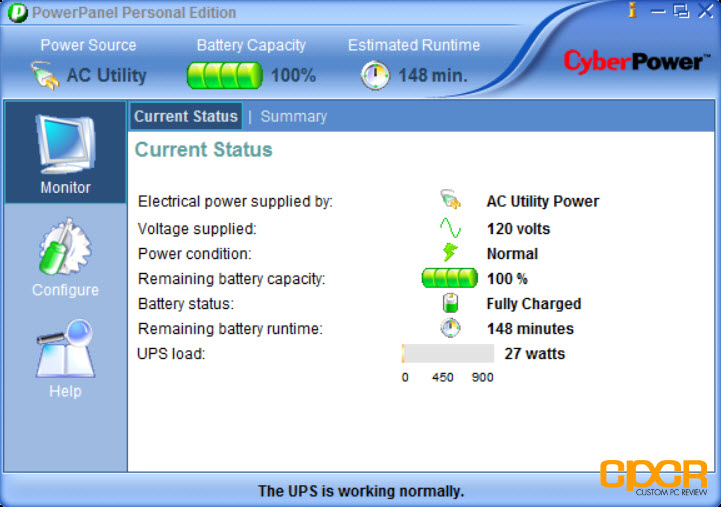
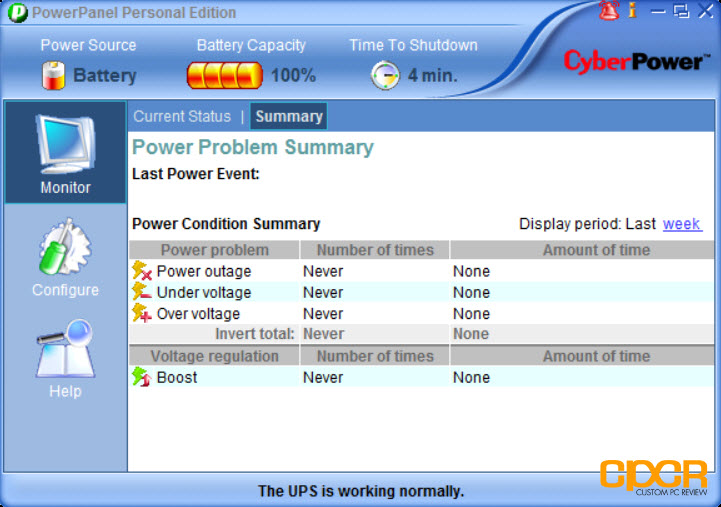
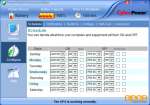





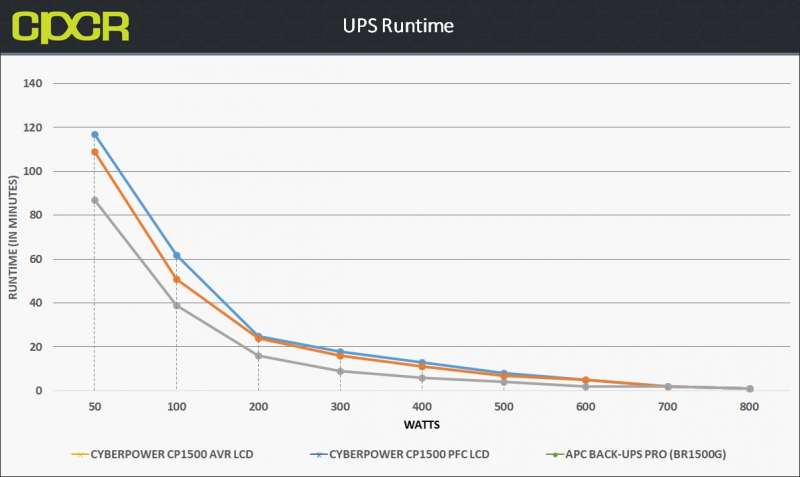

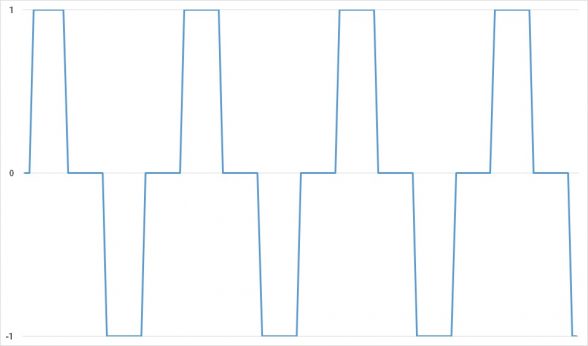
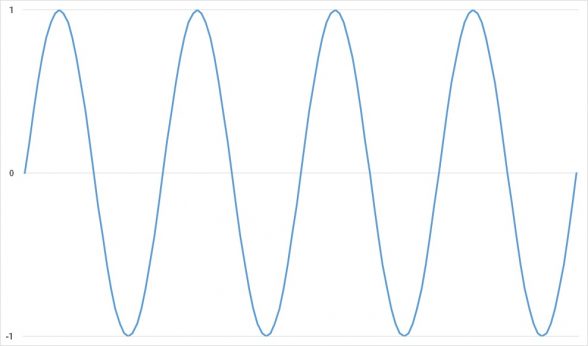
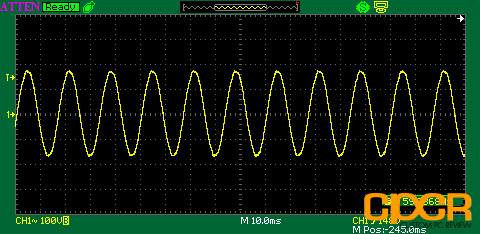
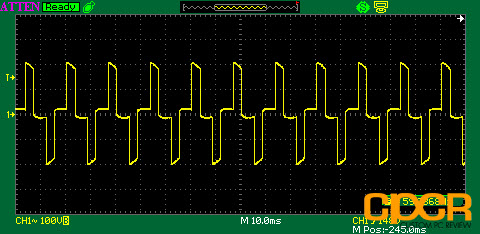
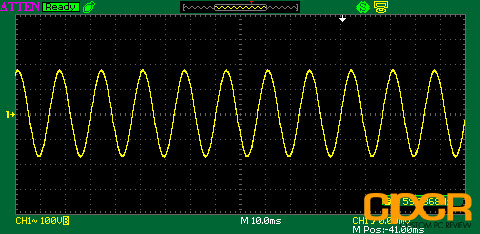
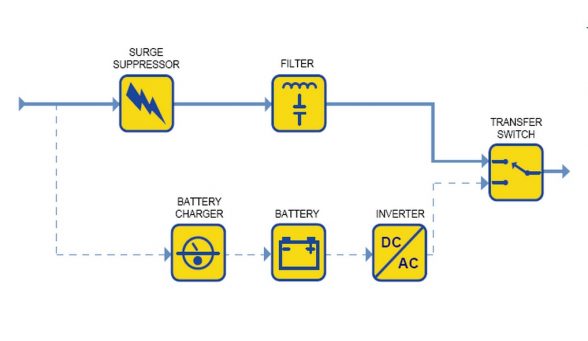
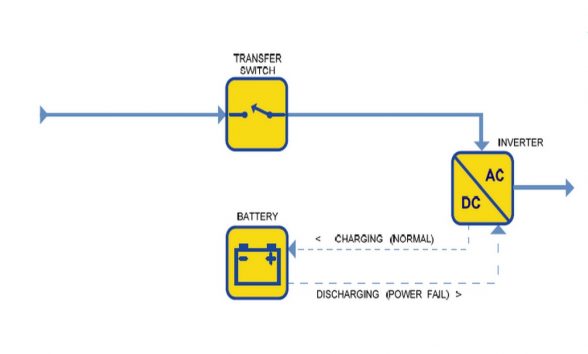
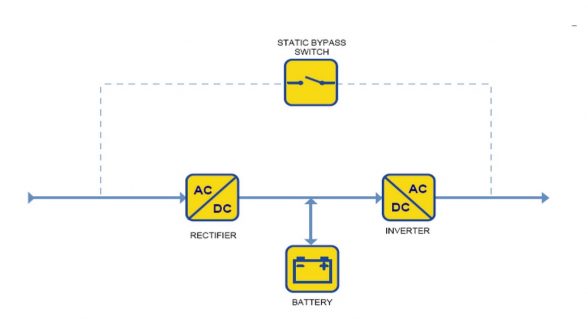
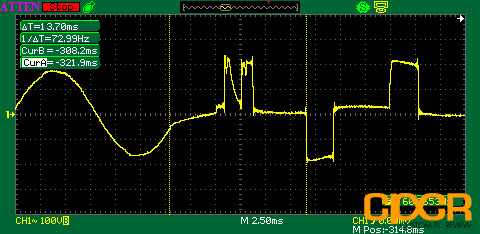
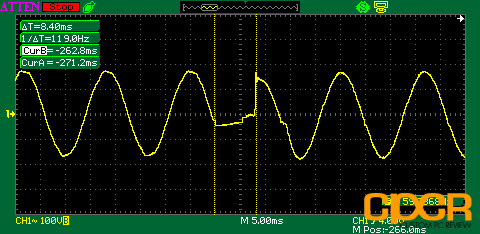

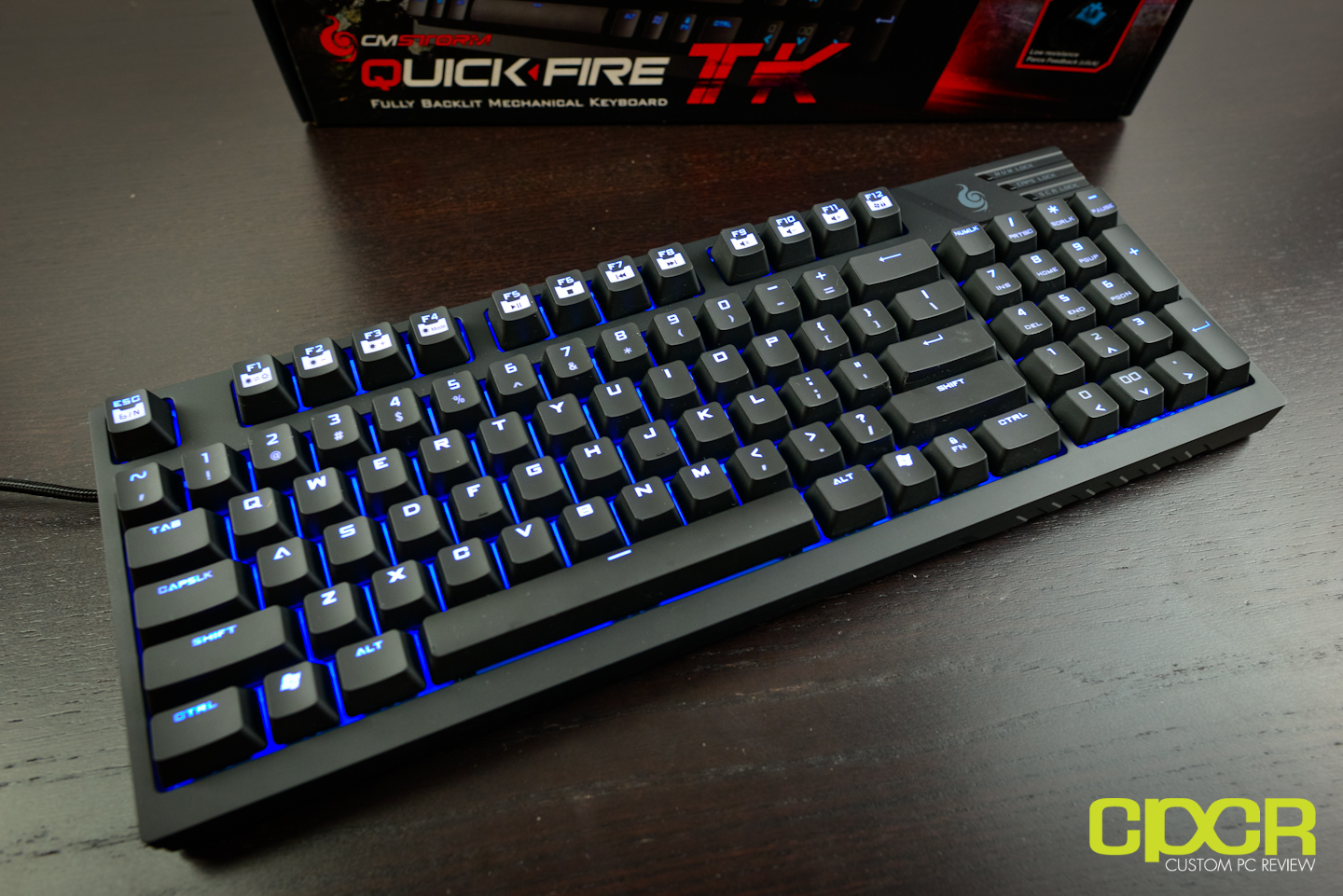
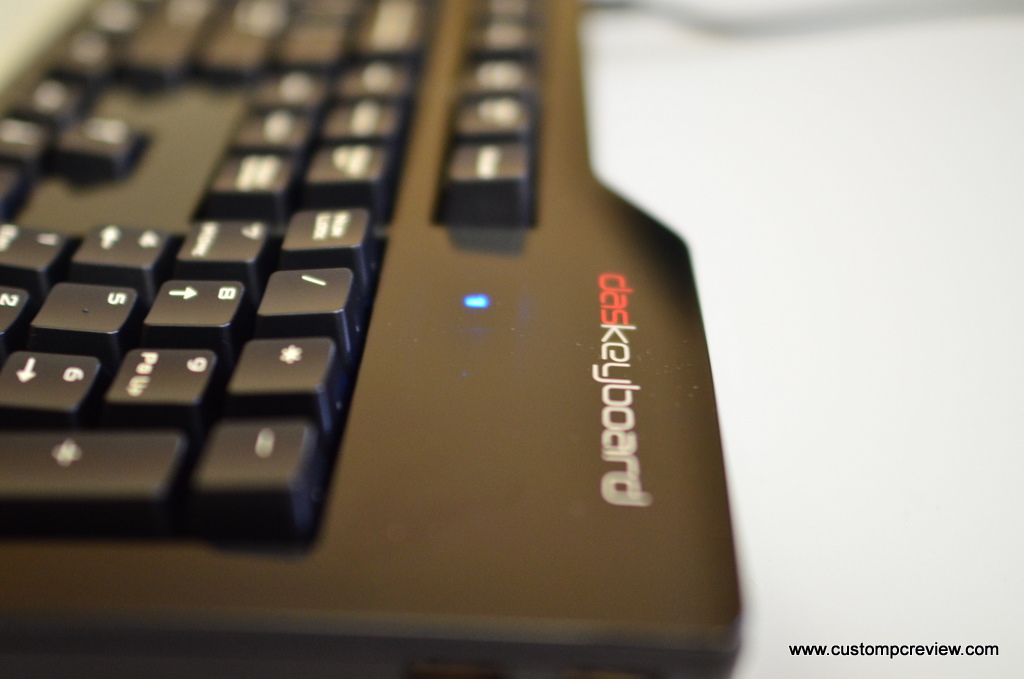
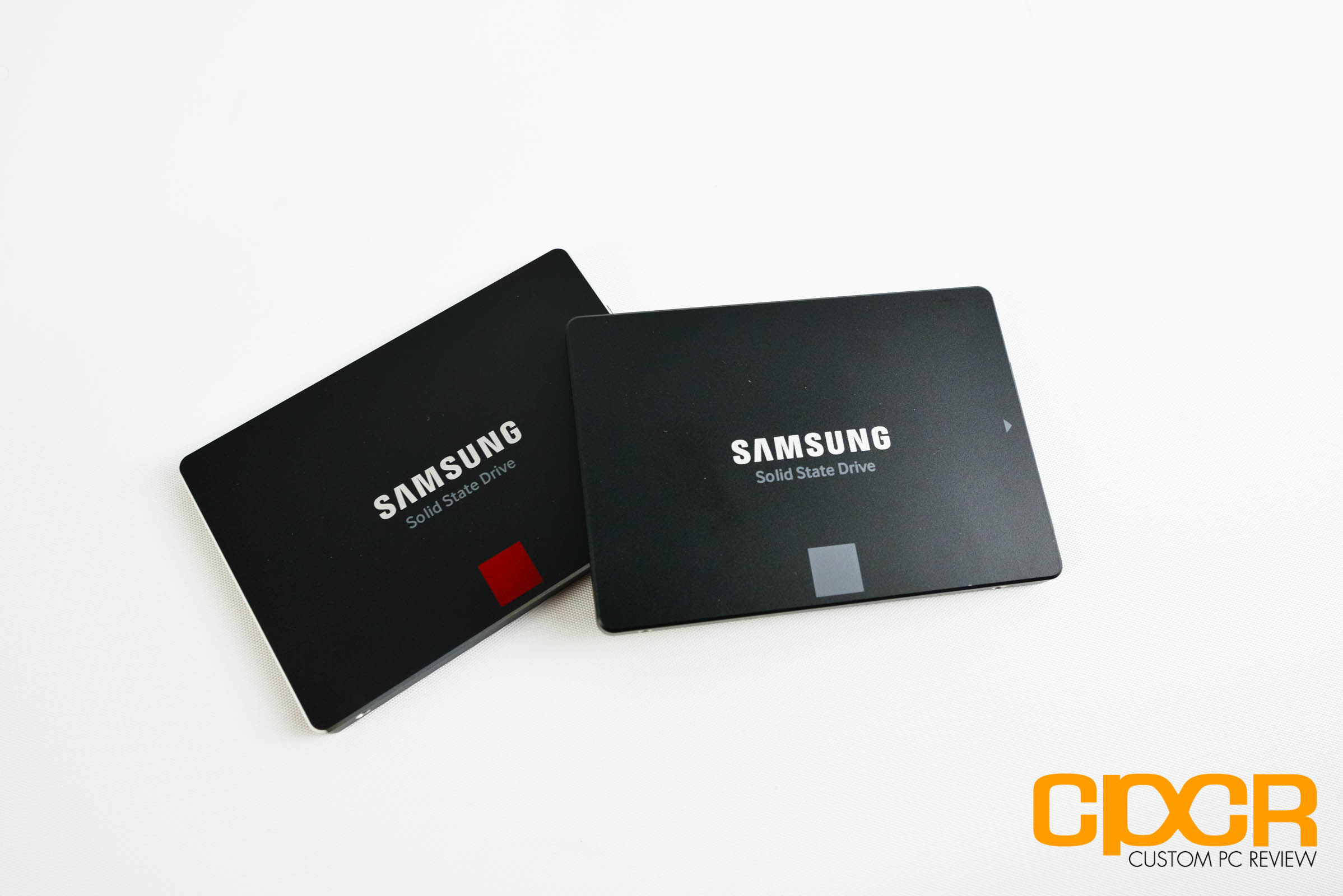
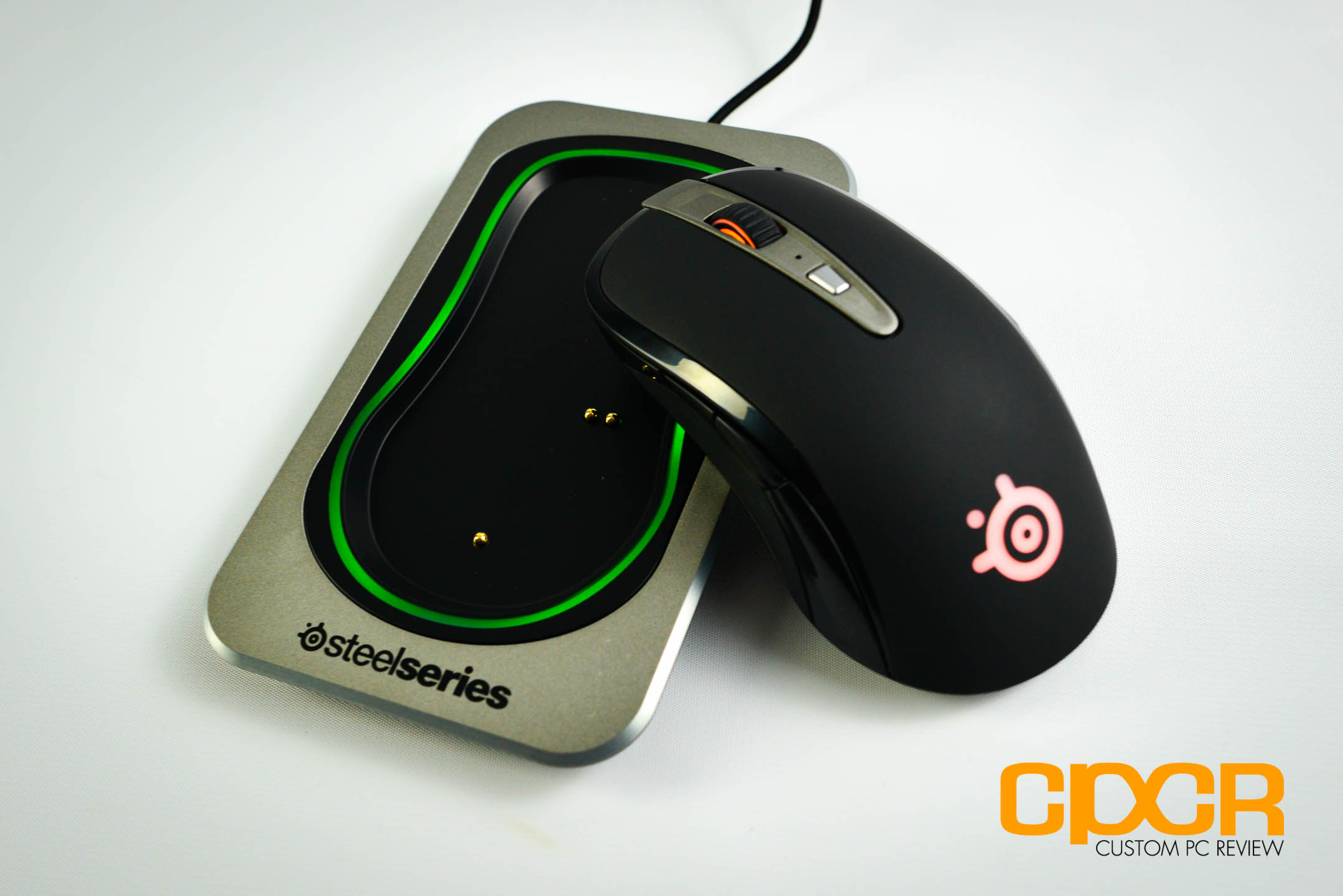
Thanks for the great review and thorough information.
All companies claim their products are the best, so it’s extremely helpful to find a 3rd party review of multiple products by multiple companies. The information here is extreemly helpful in determining which UPS I should buy. Thank you!! If you need any chimney or fireplace work, check out Wilmington Chimney Sweep at /www.chimneysweepwilmington.com Thanks!
Great info and extremely helpful in educating me for my future UPS purchase. It’s nice to see a comparison of both two different companies and two different products within the same company. Thank you!!